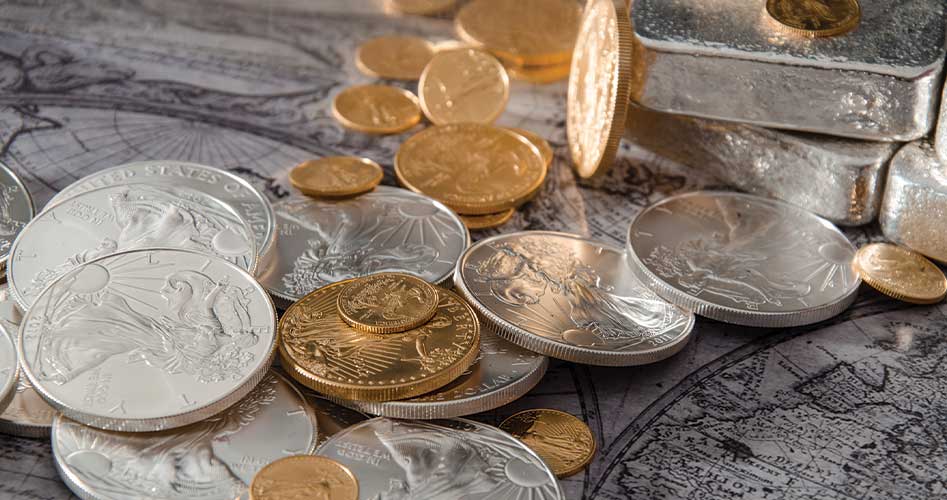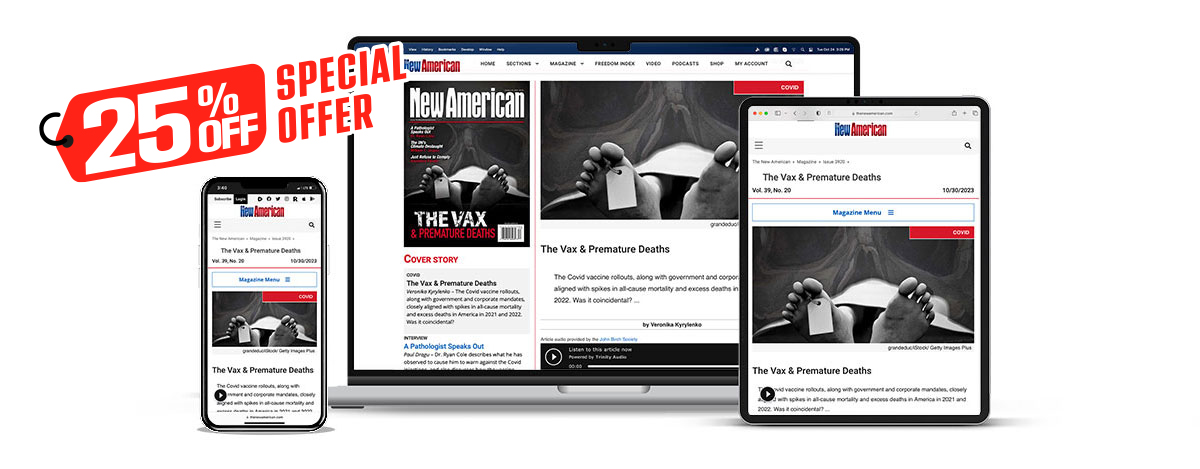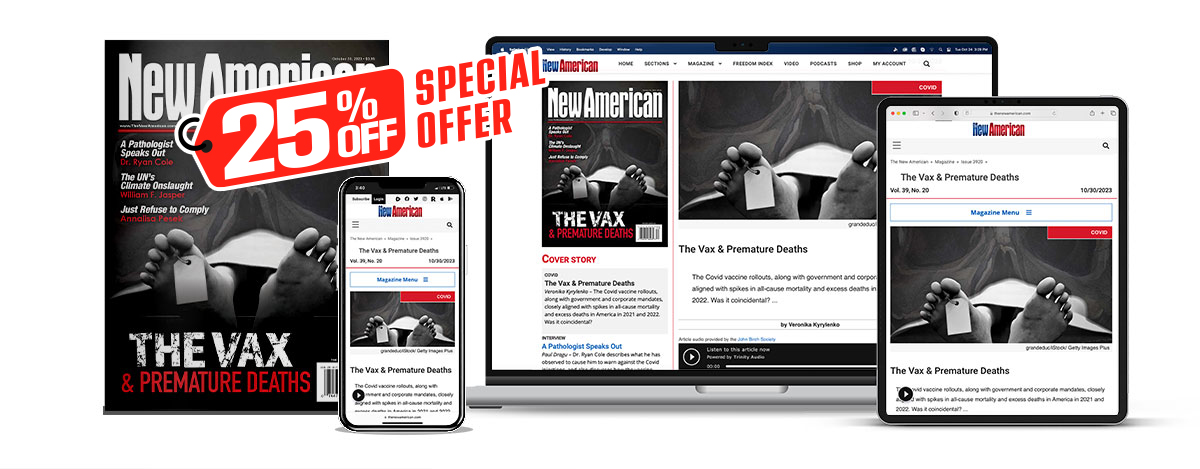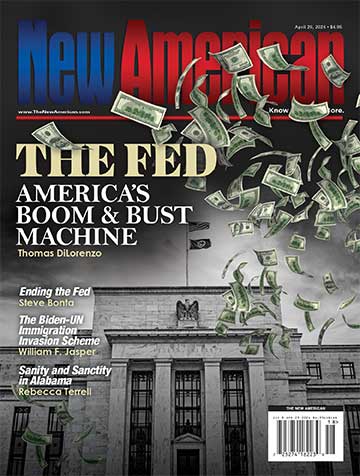
Ending the Fed
The Federal Reserve has been with us for more than a century, and the gold standard in the United States was abandoned, for all intents and purposes, in the 1930s. Silver coinage persisted into the 1960s, and the limited Bretton Woods gold standard for foreign holders of U.S. dollars was finally abandoned in 1971, when President Richard Nixon closed the gold window. That fateful year marked the end of the last remnant of a precious-metal currency standard of any kind in the United States, and completed the ascendancy of the Federal Reserve over American finances and monetary policy.
From that day to this, the U.S. dollar and financial system — and the rest of the world’s finances, which are tethered to it — have been an inflationary system anchored by a fiat currency, completely dependent on the whims of the Federal Reserve Board of Governors, in concert with the U.S. Treasury Department, the decision-makers at the New York branch of the Federal Reserve and its primary dealers, and their counterparts in a handful of financial centers overseas. This system is in essence a mechanism to create money out of debt both public and private. On the one hand the Federal Reserve is able to create new money (or “inject liquidity,” as the obscurantist jargon of economists puts it) by purchasing U.S. Treasuries via open-market operations, and paying for them with newly created money. On the other, the broader commercial bank system tied to the Federal Reserve can expand the money supply by loaning out new money (money pyramided on top of existing or “fractional” reserves), either in response to lower interest rates or lower reserve requirements determined by Fed officials. In either case, the end result is the same: both debt and the money supply expand, and the economy maintains the illusion of prosperity, thanks to growth fostered by debt and printing money. And under this system, debt — particularly public debt — and the fiat dollar are inextricably connected. The same force driving inflation and the debasement of the U.S. dollar is also propelling the national debt to ionospheric heights.
This is the complexion of the American and global financial system in the 21st century. It is no exaggeration to say that the finances and, indeed, the entire economy of the United States are utterly beholden to a small caste of secretive bankers, financiers, and political appointees upon whom the godlike power to create money at whim has been conferred. Few enough understand this much; fewer still are willing to contemplate a change in the status quo, believing that the existing system, despite its obvious injustices and lack of constitutional standing, is too entrenched to be changed. Monkey with the fiat dollar and the Federal Reserve, they believe, and the entire economic and financial system will unavoidably crash. Far better, they conclude, to stick with the devil we have known for the past century.
JBS Member?
Sign in with your ShopJBS.org account.
 Subscribe Now
Subscribe Now
- 12 Issues Per Year
- Digital Edition Access
- Digital Insider Report
- Exclusive Subscriber Content
- Audio provided for all articles
- Unlimited access to past issues
- Cancel anytime.
- Renews automatically
 Subscribe Now
Subscribe Now
- 12 Issues Per Year
- Print edition delivery (USA)
*Available Outside USA - Digital Edition Access
- Digital Insider Report
- Exclusive Subscriber Content
- Audio provided for all articles
- Unlimited access to past issues
- Cancel anytime.
- Renews automatically


